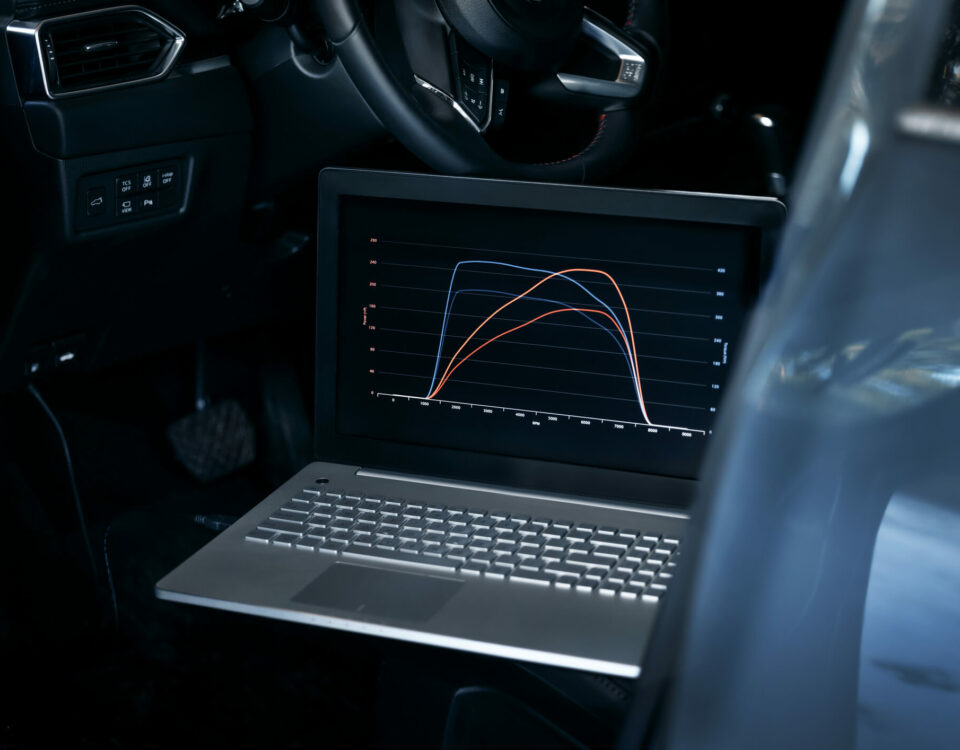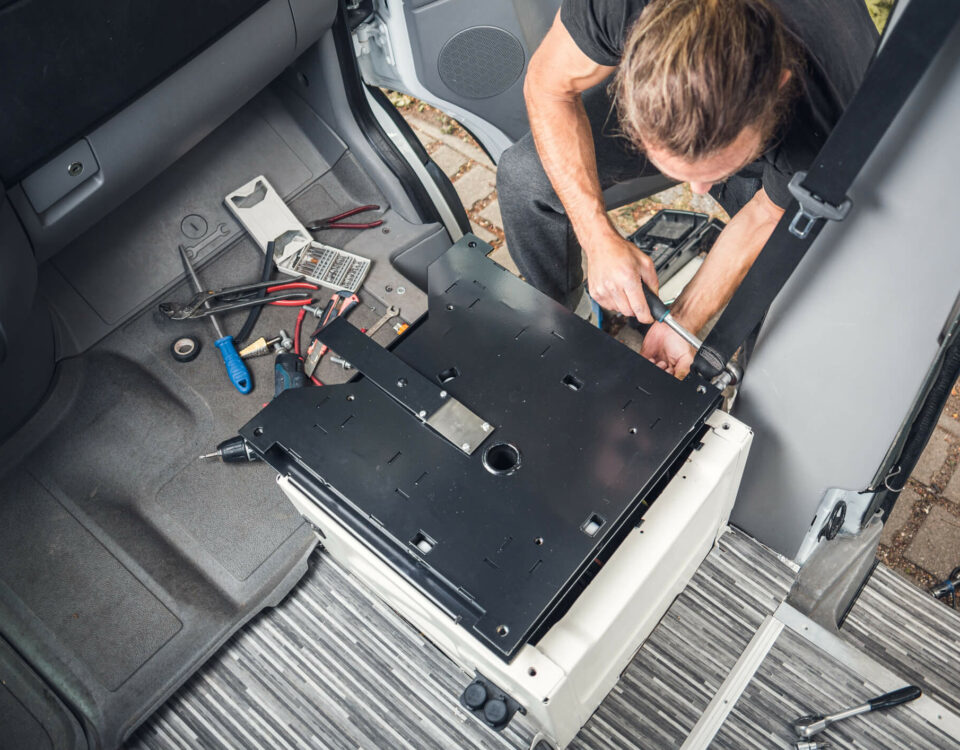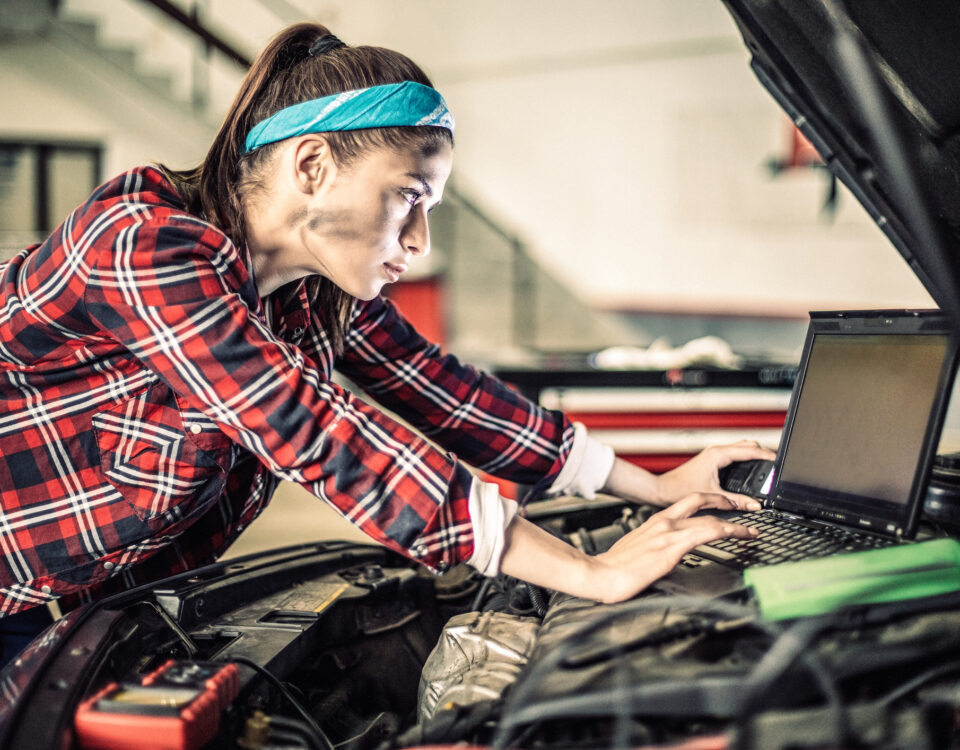ECU Remapping for Volkswagen Golf R MK8 Special Edition
The 2021 Volkswagen Golf Mk8 R stands out as an impressive high-performance vehicle celebrated for its power, precision, and sheer driving enjoyment. But for enthusiasts seeking to extract the utmost performance from this iconic hot hatch, the prospect of ECU (Engine Control Unit) reconfiguration presents an enticing opportunity. In this comprehensive guide, we will explore the global realm of ECU reconfiguration, understanding its scope, operation, and the reasons behind how it can elevate the driving experience of the Volkswagen Golf R MK8.
VW has made sure the Golf R’s 20th anniversary has every modern convenience necessary for a fitting send-off. Look at the modifications below:
- A 12bhp boost, from 316 to 328bhp
- Alterations made to the turbocharger to enhance the response time of the engine
- A new “emotional start” feature launches the engine at 2,500 rpm.
- Has a larger rear spoiler and an Akrapovic exhaust system as standard equipment.
- The seven-speed DSG now has new algorithms to provide quicker and cleaner shifts.
- 19″ Estoril alloys with a gorgeous lapiz blue metallic paint job
- Customized “r20” badging positioned in several places
- The main dashboard section has real carbon fibre trim applied to it.
Many fantastic new features will undoubtedly revitalize the Volkswagen Golf R Mk8. This Golf R will be the vehicle with the greatest power that VW has ever produced thanks to the increased power, speedier gearbox, and excellent engine response.
Understanding the Stages of ECU Remapping
The stages 1, 2, and 3 of car remapping are the three levels. Here is a brief description of each of these phases.
Stage 1:
A Stage 1 Remap brings your car’s ECU (Engine control unit) characteristics to a secure and cosy level. In essence, it optimizes your vehicle, releasing its inherent power without any requirement for any additional gear or improvements.
Stage 2:
A Stage 2 Remap adds to Stage 1 to produce even more horsepower and efficiency gains. The fundamental conditions for a second phase of Remap are:
- Redesigned intercooler
- Inadequate air intake
- Redesigned exhaust system
Stage 3:
A Stage 3 Remap will give your car the maximum amount of power and performance it is capable of. More alterations are needed, such as turbochargers, injectors, and maybe engine internal components (forged pistons, piston connecting rods, and large end bearings). Stage 3 is mostly for track purposes or if you want to significantly increase your car’s performance and horsepower.
Remap Procedure for VW Golf Mk8 R
To improve the performance of a Volkswagen Golf Mk8 R, the control unit for the engine (ECU) must be remapped. A general description of the VW Golf Mk8 R remap process is provided below:
Goal-setting and Consultation
A conversation between the owner of the car and a reliable tuning expert kicks off the procedure. Performance objectives are discussed in this consultation. Increasing horsepower, simply torque, accelerator response, or fuel efficiency are a few examples of these objectives.
First Diagnostic Test
The mechanic runs the vehicle’s ECU through an initial diagnostic check. In this diagnostic stage, the engine’s current air-fuel mixture ratios, combustion timing, turbocharger boosting levels, and other parameters are evaluated. It creates a starting point for the remap.
Custom Remap Creation
The tuning expert creates a unique remap for the VW Golf Mk8 R based on the owner’s desires for performance and diagnostic information. By altering the ECU’s software, numerous engine parameters can be changed.
Validation and Testing
Testing is done rigorously on the remap. This involves dyno testing, in which the engine of the car is tested on a specialized tool to gauge its production of power and torque.
Adjustments (if required)
The tuning professional may undertake fine-tuning if more optimization is necessary to obtain the ideal performance parameters.
Implementation of Remap
The changed software is flashed back into the ECU to put into effect the remap once it has been completed and thoroughly validated.
Quality Control
Reputable tuning experts do quality control checks to guarantee that the mapping procedure has been successfully performed.
Customer Opinions
The person who is the owner of the car gives input on the performance of the vehicle when the remap is finished.
After-Remap Upkeep:
Operators of the motor vehicle should abide by the calibration expert’s post-remap service recommendations.
DSG Remap Features
Since most of the TCU’s tactics are the same across the Golf MK8 and the facelifted Volkswagen Golf R MK7.5, tweaking the DQ381 DSG gearbox to coordinate with the engine control unit tune has been a pretty simple process. Numerous parameters have been changed to enhance the sensation of driving and increase preload to accommodate the increased torque requirement caused by the ECU tune.
Features of the DQ381 DSG Remap:
- Better Shift Points
- Higher Clamping Force
- A quicker shift
- Kick Down Is Inactive in the Manual
Balancing Performance and Fuel Efficiency
Many car owners aim to balance performance and fuel efficiency in their vehicles. Finding the ideal balance between these two aspects will improve your driving pleasure while also reducing your petrol costs. Here are some tactics to assist you in striking this balance:
Continual Upkeep
It’s crucial to keep your car well-maintained. Engine effectiveness and fuel economy may be maintained by routinely servicing your car, changing the oil, cleaning the air filters, and making sure the tyres are properly inflated.
Tyre maintenance procedures
Make sure your tyres are filled appropriately. Under-inflated tyres have increased rolling resistance, which can reduce fuel economy. Check the alignment and Tyre pressure frequently.
Reduce the Workload
Your car’s fuel economy may suffer if it has extra weight, so get rid of it. Even while empty, load carriers and roof racks can increase aerodynamic drag and lower economy.
Smooth Driving Techniques
Driving aggressively, including harsh braking and fast acceleration, can drastically lower fuel efficiency. To get the most mileage, keep your driving patterns consistent and smooth.
Apply the cruise control
Use cruise control on highways as necessary. In comparison to changing speeds, it aids in maintaining a consistent speed and frequently results in higher fuel efficiency.
Utilise the Proper Fuel
In most cases, using higher-quality gasoline in a car made to run on standard fuel won’t increase performance and can even be expensive.
Select Effective Routes
To avoid gridlock and excessive idling, plan your travels. To assist you in finding the most effective routes, use GPS or navigational applications that provide real-time traffic information.
Think about aerodynamics
If your car has rooftop luggage racks or other aerodynamically detrimental attachments, you might want to remove them or use them less frequently. Fuel economy can be increased by lowering air resistance.
Replace Spark Connections and Filters Frequently
Maintaining clean spark plugs and effective air filters within your engine is essential for productive combustion and use of gasoline.
Price Considerations
It’s crucial to analyse a variety of aspects when deciding how much to pay for any good or service to make an informed choice. Here are some important price factors to remember:
- Budget
- Worth the Money
- Cost of Ownership Overall
- Purchasing in comparison
- Discounts & Special Offers
- Warranty and Assistance
- Dependability and quality
- Hidden Charges
- Long-Term Advantages
- ROI (return on investment)
Final words
Keep in mind that pricing should be taken into account along with other aspects such as functionality, craftsmanship, and your individual needs. Making a well-informed choice that offers the best value overall given your particular set of circumstances is the aim.



